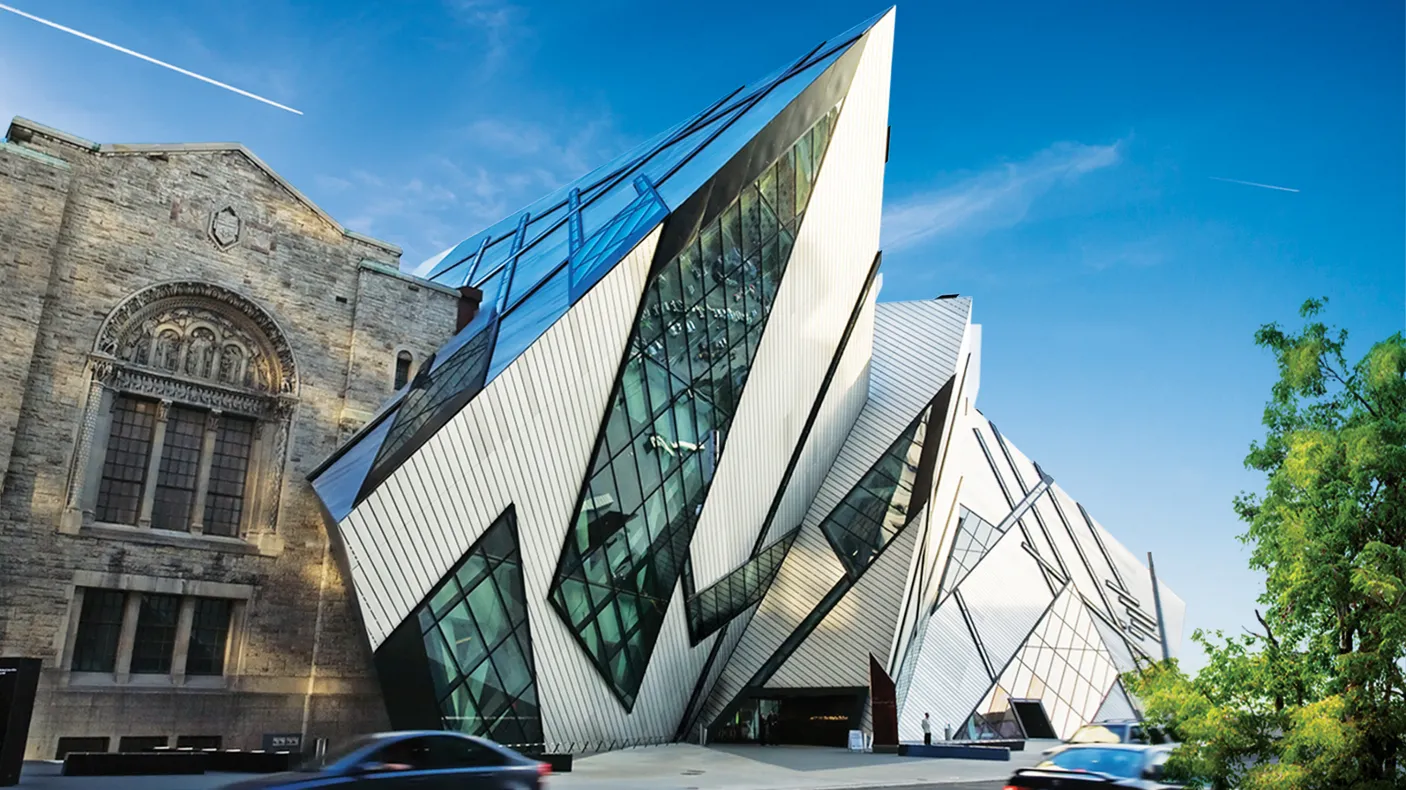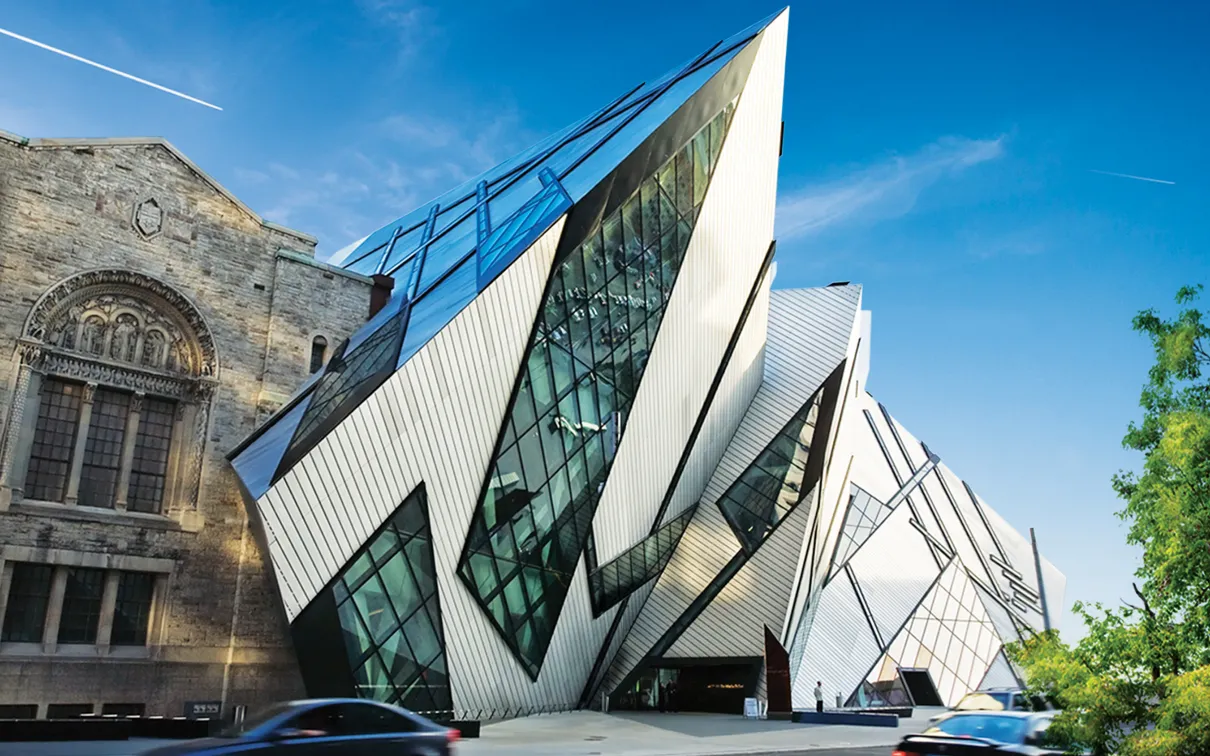Life of an Isis statue, Bequest Sir Robert Mond, ROM
Published
Categories
Author
Blog Post
Submitted by: Susan Stock and Franziska Schlicht, ROM Conservation

948.34.41, Seated Isis, was brought to conservation in 1994 for examination and cleaning. It was clear that the head had been over-cleaned and the body was over-restored. The previous restoration had left the sculpture reclining, incorrectly, on a modern throne. Horus, as a young boy, would have sat across her lap, but he is missing.
My job was to improve the appearance of the object in preparation for display.
The first step was to remove all previous restoration to assess how much of the original existed and its condition. There were some spots of active corrosion, bronze disease, on the back of the head. We would look for the original patina or surface, a corrosion pseudomorph, representing the original surface of the object.
Much of the body required cleaning to remove surface repairs and filler; then, corrosion overburden to reveal detail and shape. While removing corrosion from the body, the collar necklace and armlet were revealed. Although the head had been cleaned to the metal in most places, where there was corrosion, we found the patina underneath (chin) and fragments of the original gilding ( uraei on bottom of headdress).


Reconstructing History of the piece:
While removing old repairs, we saw that the bottom of her chest had been distorted; likely with the removal of the Horus child and also, that the metal on the left side of her legs was distorted. We believe this damage happened prior to burial, because the force necessary to deform the metal in such a way it would have cracked the corrosion if it was there during the impact.


It appears that this sculpture had been exposed to extreme trauma.
Cleaning revealed a hard black dense corrosion product. Early XRD (Back, 1994) identified the product as tenorite, an unusual corrosion product on ancient buried bronzes. XRF (Dunnell, 2012) found copper, lead and iron in the mass. Extreme heat is required to form tenorite and it is possible that this piece was also exposed to fire.


Next steps, include further analysis to confirm composition of eyeliner and eyebrow inlays; as well as the black corrosion on back with a view to reconstructing the history of the object prior to burial. Reconstructing her past, a la CSI, I suspect that Isis was either found under a building which collapsed during a fire; or she was broken up for scrap and rescued from the melting pot.

An armature needs to be designed to support the head and torso which are filled with lead without compromising the integrity of the object and must be reversible.
Final filling, repairs and re-touching will leave her in displayable condition.
Stay tuned! She will be gorgeous!


